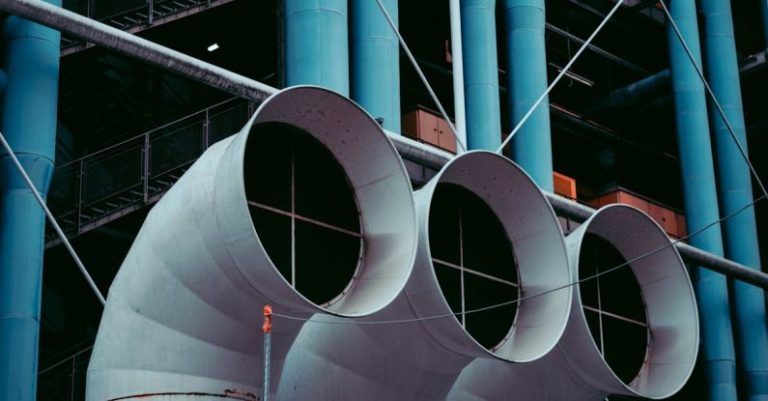Composite Materials: Redefining Fire Safety in Construction
In the realm of construction, safety is a paramount concern that cannot be overlooked. The use of composite materials in construction has been gaining momentum in recent years, not just for their durability and versatility but also for their ability to enhance fire safety measures. As the demand for sustainable and fire-resistant building materials continues to grow, composite materials are emerging as a game-changer in the industry.
Enhanced Fire Resistance
One of the primary advantages of composite materials in construction is their superior fire resistance compared to traditional materials like wood or steel. Composites are typically made up of a combination of materials such as polymers, fibers, and resins, which work together to create a strong and fire-retardant material. This inherent fire resistance makes composites an ideal choice for applications where fire safety is a top priority, such as high-rise buildings, commercial spaces, and industrial facilities.
Reduced Fire Hazards
Composite materials have the ability to reduce fire hazards in construction due to their low flammability and smoke generation properties. In the event of a fire, composites are less likely to ignite and produce harmful smoke and toxic gases, creating a safer environment for building occupants and emergency responders. This reduction in fire hazards not only minimizes the risk of property damage but also enhances the overall safety of the structure.
Durability Under High Temperatures
Another key benefit of composite materials in terms of fire safety is their ability to maintain structural integrity under high temperatures. Traditional building materials like wood and steel can weaken and collapse when exposed to extreme heat, putting lives at risk and causing significant damage to the structure. Composites, on the other hand, have been engineered to withstand high temperatures without compromising their strength and stability, making them an excellent choice for fire-prone environments.
Versatility in Design
Composite materials offer a high degree of versatility in design, allowing architects and builders to create innovative and aesthetically pleasing structures while prioritizing fire safety. Composites can be molded into various shapes and sizes, making them suitable for a wide range of architectural applications. Whether used for cladding, roofing, insulation, or structural components, composites provide designers with the flexibility to explore creative solutions without compromising on safety.
Regulatory Compliance
With an increasing focus on fire safety regulations and standards in the construction industry, the use of composite materials can help builders and developers meet compliance requirements more effectively. Many composite materials are designed and tested to meet specific fire safety standards, ensuring that buildings constructed with composites adhere to regulatory guidelines. By choosing composite materials that are certified for fire resistance, construction projects can proceed smoothly without facing delays or compliance issues.
Cost-Effective Solutions
Despite their advanced properties, composite materials offer cost-effective solutions for enhancing fire safety in construction. While the initial cost of composites may be higher than traditional materials, the long-term benefits in terms of durability, maintenance, and safety outweigh the upfront investment. By choosing composite materials that are designed for fire safety, builders can mitigate risks, reduce maintenance costs, and ensure the longevity of the structure.
Innovating Fire Safety Standards
The adoption of composite materials in construction is driving innovation in fire safety standards and practices. As builders and developers increasingly turn to composites for their fire-resistant properties, industry stakeholders are reevaluating existing safety protocols and exploring new ways to enhance fire protection in buildings. The integration of composite materials is reshaping the construction landscape, setting new benchmarks for fire safety and sustainability.
In conclusion, composite materials are redefining fire safety in construction by offering enhanced fire resistance, reduced fire hazards, durability under high temperatures, versatility in design, regulatory compliance, cost-effective solutions, and innovating fire safety standards. As the construction industry continues to prioritize safety and sustainability, composite materials are poised to play a pivotal role in shaping the future of building design and construction practices. By leveraging the unique properties of composites, builders can create safer, more resilient structures that meet the evolving needs of modern society.






